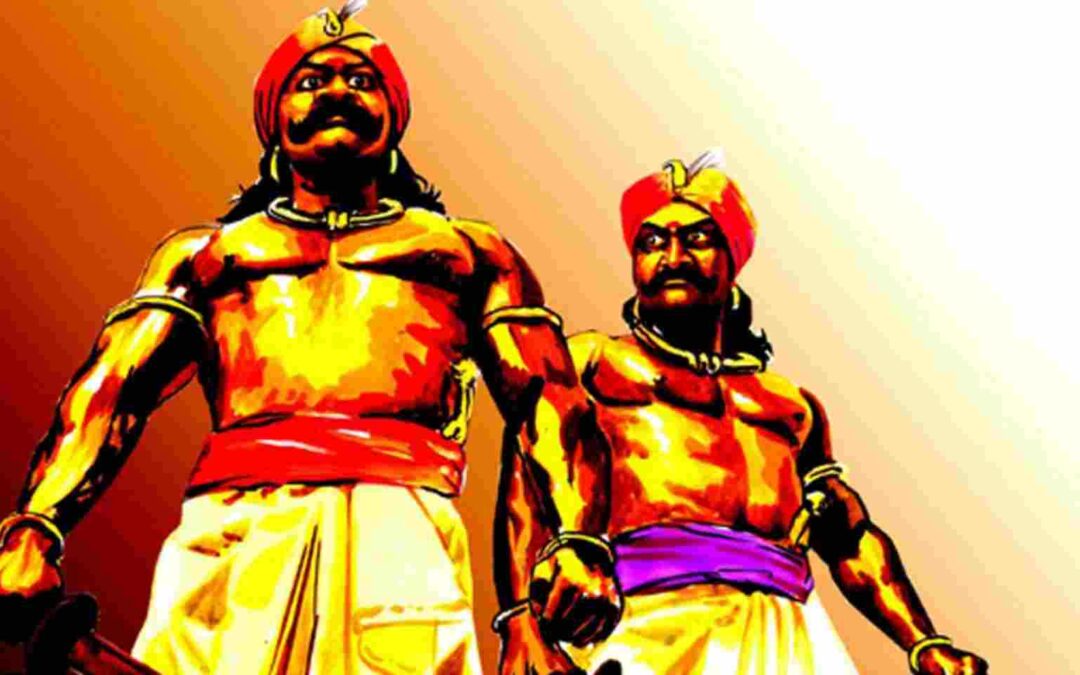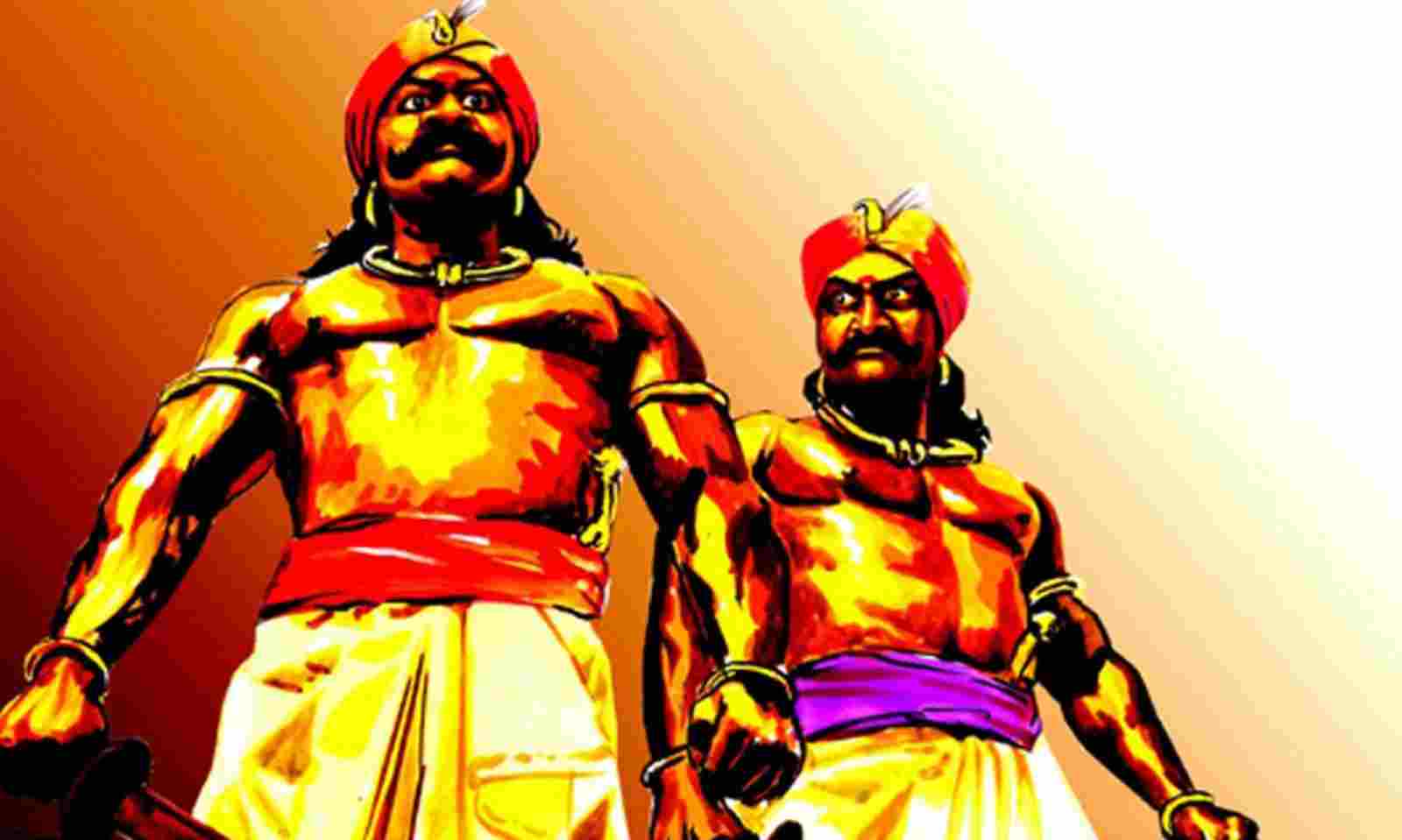OCTOBER 25,2023
by staff-login | Oct 25, 2023 | Uncategorized

BHUTAN AND CHINA BORDER TALKS

- Bhutan and China held their 25th round of boundary talks which has been held up since the previous round in 2016.
- This was the first official visit to China by the Bhutanese Foreign Minister.
- The boundary talks were held and a “Cooperation Agreement” was signed outlining the functioning of a Joint Technical Team (JTT) on the “Delimitation and Demarcation of the Bhutan-China Boundary”.
About Doklam:
- Doklam is an area spread over less than a 100 sq km comprising a plateau and a valley at the trijunction between India, Bhutan and China.
- It is surrounded by the Chumbi Valley of Tibet, Bhutan’s Ha Valley and Sikkim.
- Doklam’s geographical position makes it a strategically important area.
India-China Doklam stand-off
- When China started constructing a road in the disputed area of Doklam, Bhutan asked for help from India.
- India sent the army to stop the construction.
- The military standoff at the area lasted more than two months.
- However, after diplomatic conversations between the two sides, both countries agreed to withdraw troops from the region.
MARUDHU BROTHERS
Why is in news?

- Marking the 222nd anniversary of Maruthupandian brothers (Marudhu Brothers), leaders paid homage at the Manimandapam in Tirupattur in Sivaganga district.
About Marudhu Brothers:
- The Marudhu Brothers Periya Marudhu or Vella Marudhu (1748–1801) and his younger brother Chinna Marudhu (1753-1801) were able generals of Muthu Vadugar of Sivagangai.
Rebellion of Marudhu Brothers (1800–1801):
- Second Palayakarar War was directed by a confederacy consisting of Marudhu Pandyan of Sivagangai, Gopala Nayak of Dindugal, Kerala Verma of Malabar and Krishnaappa Nayak and Dhoondaji of Mysore.
- In February 1801 the two brothers of Kattabomman, Oomathurai and Sevathaiah, escaped from the Palayamkottai prison to Kamudhi, from where Chinna Marudhu took them to Siruvayal his capital.
- The fort at Panchalamkurichi was reconstructed in record time.
- The British troops under Colin Macaulay retook the fort in April and the Marudhu brothers sought shelter in Sivagangai.
- The English demanded that the Marudhu Pandyars hand over the fugitives (Oomathurai and Sevathaiah).
- But they refused.
- Colonel Agnew and Colonel Innes marched on Sivagangai.
- In June 1801 Marudhu Pandyars issued a proclamation of Independence which is called Tiruchirappalli Proclamation.
Proclamation of 1801:
- The Proclamation of 1801 was an early call to the Indians to unite against the British, cutting across region, caste, creed and religion.
- The proclamation was pasted on the walls of the Nawab’s palace in Tiruchirappalli fort and on the walls of the Srirangam temple.
- Chinna Marudhu collected nearly 20,000 men to challenge the English army.
Fall of Sivagangai:
- In May 1801, the English attacked the rebels in Thanjavur and Tiruchirappalli.
- The rebellion failed and Sivagangai was annexed in 1801.
- The Marudhu brothers were executed in the Fort of Tirupathur near Ramanathapuram on 24 October 1801.
- Thus the rebellion of Marudhu brothers, which is called South Indian Rebellion, is a landmark event in the history of Tamil Nadu.
DNA, FACE MATCHING SYSTEMS AT 1,300 POLICE STATIONS
- The Centre is all set to roll out “DNA and face-matching” systems across the country under Criminal Procedure Identification Act.
- The law enables the police and the Central investigating agencies to collect, store, and analyse physical and biological samples, including retina and iris scans of arrested persons.
- The law was passed by Parliament in April 2022 and the rules were notified in September 2022.
- The Act replaced the 100-year-old Identification of Prisoners Act, 1920 whose scope was limited to capturing finger impressions, footprints, and photographs of convicted prisoners and a specific category of arrested and non-convicted persons under the orders of a Magistrate.
- The National Crime Records Bureau (NCRB) is tasked with rolling out the Act.
- Under National Automated Fingerprint Identification System (NAFIS), NCRB has recorded details using workstations and scanners.
- It has fingerprint details, a unique 10-digit number of more than one crore people, accused and convicts, across the country.
- This database is also being integrated with the Criminal Procedure Identification Act.
FOOD LABELS TO HAVE QR CODE

- The Food Safety and Standards Authority of India (FSSAI) has recommended the use of quick response (QR) codes on food products for accessibility by persons with visual disabilities.
- It stated that this would ensure access to safe food for all, including those with special needs.
- The FSSAI under its Food Safety and Standards (Labelling and Display) Regulations, 2020 has comprehensively outlined the information to be included on the labels of food products.
- This includes product name, shelf life, nutrition facts, vegetarian/non-vegetarian logos, ingredient lists, allergen warnings, and other product-specific labelling requirements.
- The information is aimed at empowering consumers to make informed choices when selecting food products.
- The Rights of Persons with Disabilities Act, 2016 recognises the rights and needs of individuals with disabilities, which emphasise accessibility and the promotion of health for persons with disabilities.
- The FSSAI said that to enhance accessibility, food business operators were encouraged to incorporate provisions that facilitate easy access to nutritional information for visually impaired individuals.
- The QR codes should encompass comprehensive details about the product, including, but not limited to, ingredients, nutritional information, allergens, manufacturing date, best before/expiry/use by date, allergen warning, and contact information for customer inquiries.
How Olympic cities are selected?
- Prime Minister of India declared India’s intention to host the Olympic Games, preferably in 2036.
- It was announced during the opening ceremony of the 141st International Olympic Committee (IOC) session in Mumbai.
- He also mentioned India’s ambition to host the Youth Olympics in 2029.
- Only three Asian countries have ever hosted the Olympics.
- They are China, South Korea and Japan, with Japan hosting the games twice in 1964 and 2020.
How a host country was initially selected?
- A letter of interest is to be submitted to the IOC to start a multi-year, multi-step evaluation process.
- The bidding cities would complete a series of questionnaires, evaluated by the IOC.
- It also involves scrutiny from the IOC Evaluation Commission and a series of inspections of all venues.
- It is then put to vote.
What was the new approach?
- The new process placed emphasis on three main aspects
- flexibility
- sustainability and
- cost-effectiveness
- The New motto : ‘The Games adapt to the region, the region does not adapt to the Games’.
How has the process become more flexible?
- With respect to flexibility, the seven-year rule was done away with.
- It is basically a discussion between the IOC’s Future Hosts Commission (FHC) and interested parties about the hosts’ vision for the Games, its purpose and long-term legacy.
What about sustainability and cost-effectiveness?
- In order to ensure the long-term sustainability of the infrastructure, hosts are encouraged as far as possible to use existing and temporary venues.
- All editions of the summer/winter/youth Olympic Games from 2030 onwards must also adhere to the IOC’s climate positive commitment.
- As per the IOC’s claims, the focus on using existing and temporary venues has led to an 80% decrease in the bid budgets for the 2026 Winter Games compared to the 2018 and 2022 editions.
LOSSES FROM EXTREME EVENTS OVER 31 YEARS WERE $3.8 TRILLION

- A report by the Food and Agriculture Organization titled ‘The Impact of Disaster on Agriculture and Food Security’ found that the frequency of extreme disaster events has risen significantly over the past 50 years.
- The 1970s saw approximately 100 disaster events per year.
- In the last 20 years, the number went up to about 400.
- Agricultural activities and livelihoods rely heavily on environmental conditions, natural resources, and ecosystems.
- Globally, the agriculture sector faces growing threats from hazards such as flooding, water scarcity, drought, and environmental degradation.
- Data from 88 Post-Disaster Needs Assessments surveys conducted from 2007 to 2022 in 60 countries indicated that agricultural losses constituted an average of 23% of the overall impact of disasters across all sectors.
- PDNAs revealed that more than 65% of losses attributed to drought affected the agricultural sector.
- Floods, storms, cyclones, and volcanic activities each accounted for roughly 20%.
- The total loss from extreme events over the past 31 years amounted to approximately $3.8 trillion, averaging about $123 billion per year.
- Asia bore the largest share of economic losses (45%). High-income countries, lower-middle-income countries, and upper-middle-income countries reported higher losses, while low-income countries and Small Island Developing States experienced lower levels.
- When considering losses relative to agricultural value added, low-income countries suffered losses more than double those of upper-middle-income countries.
INDIA TO BECOME SECOND LARGEST ECONOMY IN ASIA
- India is the world’s fifth largest economy in the world.
- It is likely to overtake Japan to become the world’s third-largest economy with a GDP of $7.3 trillion by 2030.
- India’s gross domestic product (GDP) is expected to grow 6.2-6.3 per cent in the fiscal year.
- The rapid pace of economic expansion would result in the size of the Indian GDP exceeding Japanese GDP by 2030.
- It will make India the second largest economy in the Asia-Pacific region.
- The US at present is the world’s largest economy with a GDP of $25.5 trillion. It makes up for a quarter of the world’s GDP.
- China is the second largest economy with a GDP size of about $18 trillion, which is almost 17.9 per cent of the world GDP.
- Japan is a distant third with $4.2 trillion GDP, followed by Germany with $4 trillion GDP.





